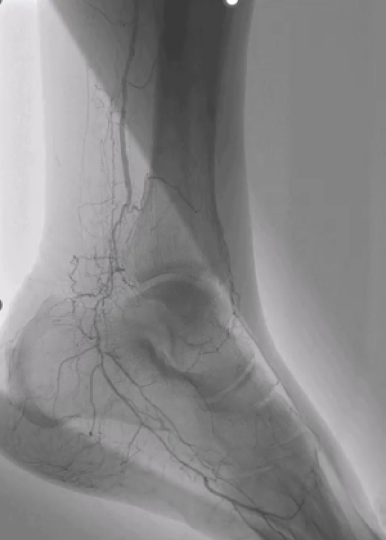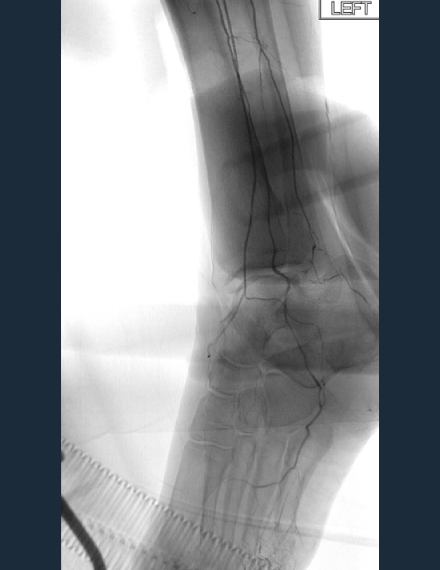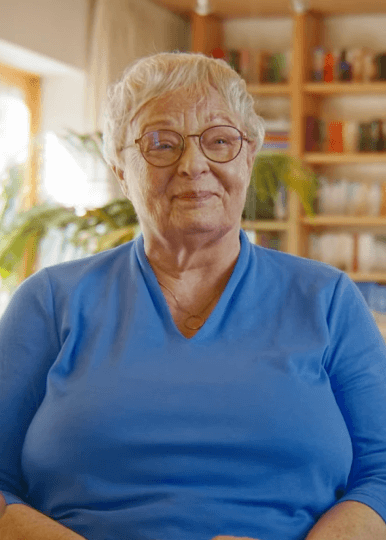Cadaveric Study Compares Mechanisms of Action of Advanced Lesion Preparation Strategies
A recently published cadaveric study compares the frequency and patterns of calcium fracture and medial injury based on the mechanism of action (MOA) of advanced calcified lesion preparation strategies.
17 cadaveric calcified lesions were randomized to one of three treatment arms of Intravascular Lithotripsy (IVL; Shockwave C2+), cutting balloons (CB; Wolverine™ Boston Scientific) and ultra-high pressure balloons (UHB; OPN NC SIS Medical). Frequency of calcium fracture and presence of medial injury – which potentially negatively affects long-term clinical outcomes due to increased neointimal thickness, higher inflammatory cell count and in-stent restenosis1,2 – were identified using gold-standard techniques of micro-CT and histology.
Shockwave C2+ produced the most calcium fracture with the least amount of medial injury by lesion and across concentric and eccentric calcium arcs. Within histological sections with concentric calcium, fractures produced by Wolverine™ and OPN NC were mostly associated with medial injury. No calcium fracture was identified for UHB within eccentric calcium.
Learn more by downloading the one-page clinical summary and viewing the video below for a roundtable discussion between the study’s principal investigators, Drs. Ziad Ali and Aloke Finn, moderated by Shockwave Medical Chief Medical Officer, Dr. Nick West.
Sekimoto, T et al. Comparison of Vascular Injury From Intravascular Lithotripsy, Cutting, or Ultra-High-Pressure Balloons During Coronary Calcium Modification. J Am Coll Cardiol Intv. 2025 Sep, 18 (17) 2093-2104. Cadaveric study. May not be indicative of actual clinical use.
1: Farb A, et al., Pathology of acute and chronic coronary stenting in humans. Circulation. 1999 Jan 5-12;99(1):44-52.
2: Schwartz RS, et al., Restenosis and the proportional neointimal response to coronary artery injury: results in a porcine model. J Am Coll Cardiol. 1992 Feb;19(2):267-74.
Drs. Ziad Ali and Aloke Finn are paid consultants of Shockwave Medical. Views expressed are those of the presenters and not necessarily those of Shockwave IVL.
Shockwave IVL: In the U.S.: Rx only. Prior to use, please reference the Important Safety Information for more information on indications, contraindications, warnings, precautions and adverse events. Please contact your local Shockwave representative for specific country availability.



